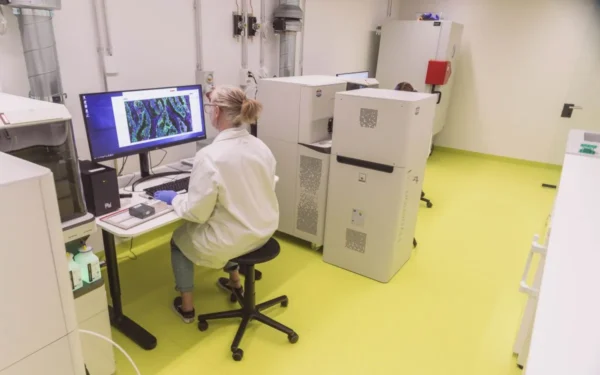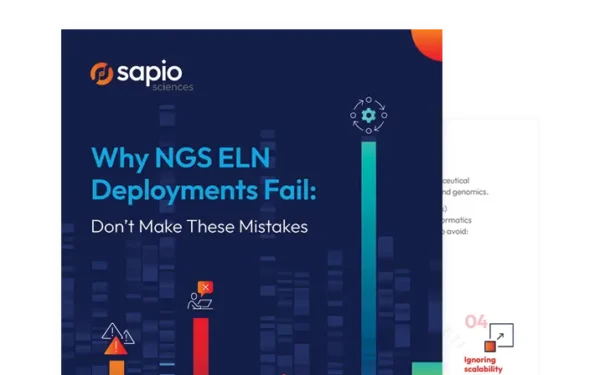NGS “Out of the Box” (OOB) is a term often misunderstood that gets lost in translation. In this article, we clarify the key capabilities you should look for.
In the context of Laboratory Information Management Systems (LIMS) and Electronic Laboratory Notebooks (ELN), OOB refers to the system’s features, functionalities, and capabilities available immediately upon installation without additional programming or configuration, or customization.
While no-code configuration is a must-have capability to tailor the system to your precise needs and on an ongoing basis, having an NGS OOB lab system will help ensure you get up and running quickly and smoothly.
For scientists, informaticists, and laboratory teams, NGS OOB means:
1. Templated workflows: A LIMS or ELN system should have basic workflows for everyday laboratory tasks such as sample and material registration, tracking, storing, and analysis. This allows laboratories to start using the system quickly without spending time setting up the workflows.
2. Built-in science-aware™: the system should support science-data objects and how your enterprise defines and represents them. Within the same system, science tools should be available to assist in the designing, viewing and analyzing the related samples, using them in experiments, and assessing experimental results. Science-aware™ tools of this nature include CRISPR design, plasmid design, compound/reaction designs and flow cytometry data analysis.
3. Standards compliance: The system should support standards for data quality and integrity, such as GLP, GCP, and 21 CFR Part 11. This ensures the data produced is reliable and can be used for regulatory submissions. Data should also adhere to FAIR principles for ease of data access within and without the system.
4. Integration: It should easily integrate with other existing systems in the laboratory, such as instrumentation and enterprise systems. This allows for seamless data transfer and minimizes errors due to manual data entry.
5. User-friendly: The system should be easy to use with minimal training. This includes intuitive navigation, clear information display for each user role, guided workflow and easy access to help and support.
6. Analytics: Within the same platform – no logon/logoff/export/import – the system should allow for easy access to tools to generate of reports, search and find data along with data visualization and data analysis to aid in decision-making.
7. Access control and security: The system should have built-in features for user authentication, role-based access control to feature functions and data and data encryption to ensure data privacy and security.
8. Scalability: The system should handle increasing throughput, volume, and diversity of workflows, experiments, samples, materials, assays, etcetera while being easily expandable to accommodate growth as needed.
9. Cloud-based and on-premise options: Depending on the organization’s preference, the system should be able to be deployed on-premise or in the cloud to provide flexibility and scalability.
10. Vendor support: The system should come with comprehensive, expert customer support from the vendor, ensuring issues are resolved promptly, and the system is effectively used.
ONE LAST THING – NO-CODE: While an out-of-the-box solution will get you going quickly, no-code/no-SQL customization is not optional. Your workflow and experiments are complex, frequently change or need to be updated, and should be tailored to different users, locations, samples, experiments, and applications. No-code configurations is now a baseline requirement for high velocity to implementation of systems. So make sure you have no-code OOB also.
If you’re interested in learning more about Sapio’s OOB NGS solution, request a free demo.





